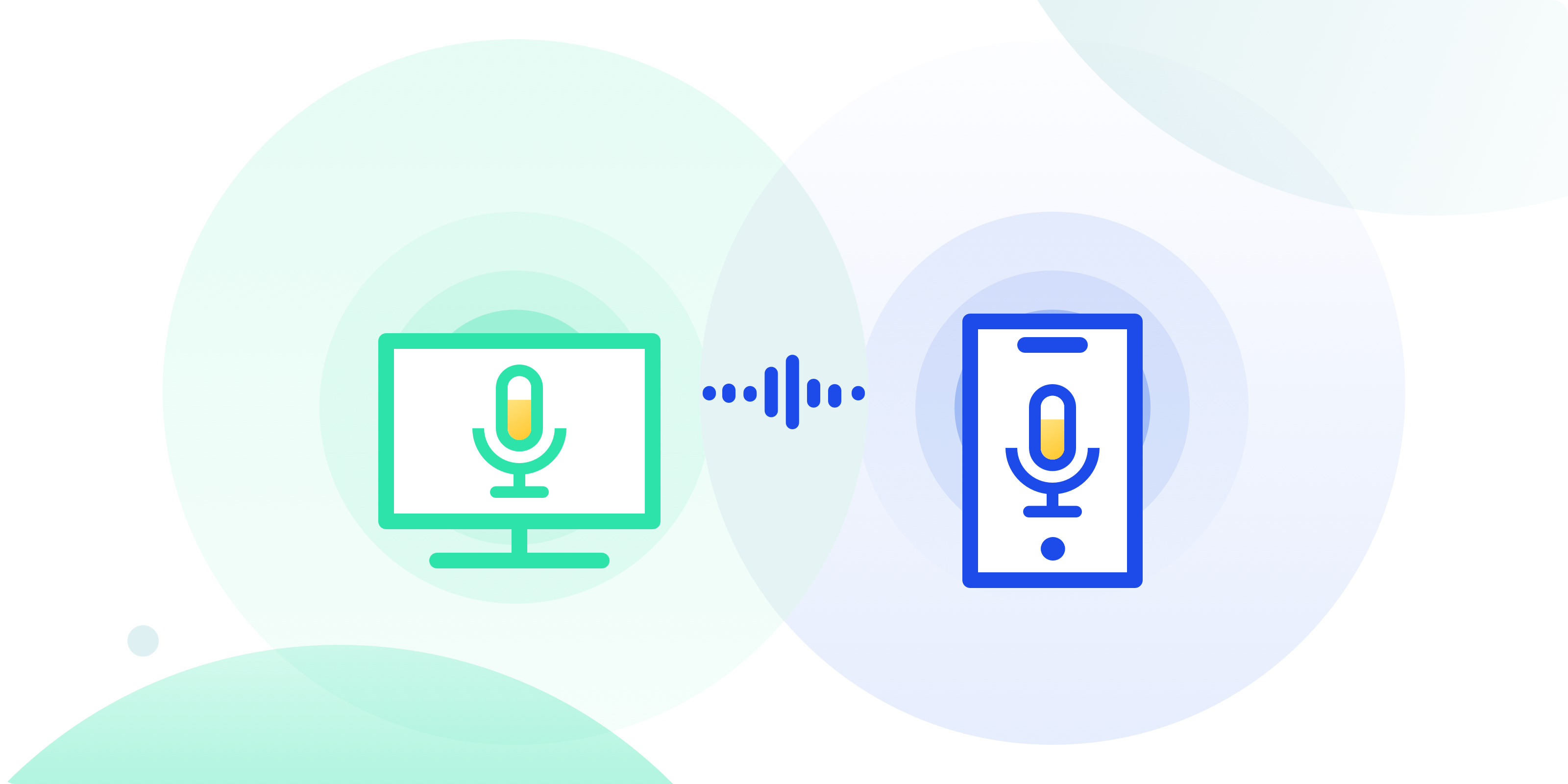
My best friend messaged me that she got laid off from her design team. The tech startup she worked for was going through a reorg and she was let go as a UX designer.
For a moment, I thought she was joking because she is exceptionally talented and passionate about UX design. Last time when we stood in line waiting to get boba, she showed me the design mockups from her phone and asked me for thoughts on her design explorations. She gets excited about beautiful interface designs and she loves talking about the design trends that inspired her.
I felt sorry for what she went through, but I also had faith that she will have no trouble finding a new job, given her experience and skills. Meanwhile, I wonder if I lost my job one day, would the role of UX designer mean something different to me?
UX design is about continuously learning

Stepping into the field of UX design means committing to becoming a life-long learner. There are always new tools to learn, new trends to keep up with and new products that need designers’ contributions. We invest our time in tackling user pain points and pushing boundaries in interdisciplinary collaborations by bringing in a designer’s perspective. We place hypothesis into design practices because we know the beneficiary is our users.
Even though at the end of the day, the efforts we put into our design work may not ensure our job security.
In a corporation setting, besides design skills, UX designers are evaluated by many other things — product KPIs, user metrics, time management capability, collaborations skills, etc. This leads to new learnings that we can not acquire from a design school.
When I first started my design career, I did not know how to frame and measure the impact of the product I designed from a business viewpoint. I was confused by the terms I never used in school presentations, like MAU(monthly active user), user retention, bounce rate, CTR(click-through rate), NPS(net promoter score), etc. It took me months to establish a conceptual understanding between the features I designed and the product performance indicators that the company collected for achieving business success. I learned that an outstanding UX designer should not only care about the design changes but also be accountable for other changes at large — especially when design decisions are amplified by business and technology innovations.
UX design is about saying no to what you should not do

Because we design products that people use, there are times we have to say no to ourselves and others. For example, if a marketer came to you and asked for a feature to track what other competitor products your users were using, would you give the idea a go as a UX designer? If giving up more screen space for ads would generate more revenue for the product, would you say no to other non-designers that overloaded ads could interrupt the user experience?
It is not easy to confront with others for what you believe would benefit the users. Sometimes it comes down to a discussion of removing a footer to optimize the display of content, sometimes it leads to a battle of reducing push notifications. There is no absolutely right or wrong answer. If you spend time sketching flows that millions of users will go through, you should also spend some quality time with your teammates who may back up your design decisions later — so the best product can be delivered in users’ hands.
Occasionally, we need to say no to our own ideas. Intrinsically, we want to create cool and fancy designs. Yet, when we land on the reality and discover that the return of a design solution means slower app performance or a longer learning curve for the majority of the users, we need to let go the proposal and reiterate on what may work the best.
Is losing a UX job an end or a new start?

During the dinner with my best friend by the end of the week, she told me about her learnings from embracing the abrupt change of her career. Rather than staying gloomy and complaining about things, she decided to react in action. After wrapping up up her work on the last day, she started refreshing her portfolio and applying for open UX opportunities.
“If you think that after finishing work, you can get home and be lazy, you are wrong. You have to continue learning at all times and be ready whenever.” She told me.
It was a solid point.
It might be the last day of work, but as long as you hold your curiosity and passion together for the new projects you will be working on, it is no more than just one stop.



